In today's fast-paced business scene, fixed asset management has become more complex than ever with the growth and expansion of companies and the increasing size and diversity of their asset base. This leads to an increased need for effective management and control. On the other hand, inefficient fixed asset management can lead to inaccurate financial reporting, loss or theft of assets, and unnecessary expenses.
Fortunately, technology has provided us with innovative solutions that simplify the process of fixed asset management through specialized software. Companies can now efficiently manage their assets throughout their life cycle, from acquisition to disposal. This not only ensures compliance with accounting regulations and standards, but allows companies to improve their asset utilization, reduce maintenance costs, and ultimately improve their bottom line.
What are fixed assets?
Fixed assets are long-term tangible and intangible assets owned by companies and used to generate revenue or provide services. They are considered fixed assets because they are not intended for sale and cannot be easily converted to cash or consumed within a year of acquisition. Fixed assets are recorded in the company's general budget.
Companies typically invest large amounts of money to acquire fixed assets, which are expected to provide benefits and generate revenue over many years. As their value decreases over time, they are gradually used or become obsolete. Through fixed assets, a company's capital can be identified, which is why they are also referred to as capital assets.
What are the types of fixed assets?
Fixed assets can be classified into two types: tangible fixed assets and intangible fixed assets. The following are explanations of each:
1- Tangible fixed assets: These refer to the company's physical assets, which are used in production processes to generate revenue. It is commonly known that fixed assets have depreciation, except for land. Examples include:
- Buildings and facilities
- Furniture and equipment
- Machinery and vehicles
2- Intangible fixed assets: These include the company's non-physical assets, which are used to generate profits. Examples include:
- Trademarks
- Copyrights
- Franchises and licenses
- Patents
What are the main features provided by Phenix systems in fixed asset management systems?
Phenix systems offer solutions for fixed asset management through a wide range of features to help companies track, manage, and efficiently improve their assets. The main advantages provided by Phenix systems include the following:
Firstly: Depreciation methods
Depreciation is the process of allocating the cost of a fixed asset over its productive life, and Phenix systems use various methods to calculate fixed asset depreciation, such as straight-line depreciation, declining balance depreciation, increasing balance depreciation, and units of production. These methods help to determine the value of fixed assets over time (in addition to organizing accurate financial entries that reflect the status of the asset in the company)
Secondly: Asset locations
Fixed asset locations refer to the physical locations within the company, and Phenix systems help their clients track this information for accounting and tax purposes, as well as to ensure efficient and effective use of assets and to reduce the risks of loss or theft.
Thirdly: Asset categories
Phenix systems classify fixed assets into several categories based on their characteristics and productive life with precision, as different categories have different accounting depreciation rules and accounting perspectives.
Fourthly: Asset Barcoding
Phenix systems assign barcodes to fixed assets, using a recognized and unique code for each asset to track it quickly and easily. This can be particularly useful for companies with a large number of fixed assets that require tracking and maintenance. Employees can quickly retrieve information about the asset, such as its location, maintenance record, and current status through its barcode.
Fifthly: Asset Operations
Phenix systems provide multiple ways to process operations that occur on fixed assets, distinguishing between periodic operations such as regular maintenance, and capital operations that increase the asset's productive life. These operations include each asset's addition, disposal, maintenance, and movement. This information is typically used to calculate depreciation expenses and helps in revaluing assets.
Sixthly: Depreciation Memo
Phenix systems provide a way for companies to handle asset depreciation through depreciation memos, which can be organized monthly, quarterly, semi-annually, or annually to obtain an accurate stage value for each asset. This allows for the tracking of the asset's status in terms of sale, exchange, or disposal while considering the profit or loss resulting from those operations.
Seventhly: Reports
Phenix Systems provide a range of reports related to fixed assets, including information on inventory, asset movement, asset production about Phenix manufacturing systems, asset depreciation, and asset operations. Phenix systems help companies track their long-term investments, ensure proper maintenance and use of these assets to generate revenue, and provide an accurate picture of the company's financial situation and total asset value.
What is the difference between fixed and current assets?
Fixed and current assets are two different categories of assets that a company may own, and the main differences between them are:
- Concept: Fixed assets are long-term assets that businesses use to generate income and profits, and are usually used for more than one accounting period, such as buildings, machinery, and trademarks. On the other hand, current assets are short-term assets that are expected to be converted to cash or used within a year, such as accounts receivable, due checks, and quick cash, as well as inventory.
- Investment Type: Fixed assets are used for the production or sale of the company's products or services, while current assets are used to support the company's day-to-day operations and meet its short-term obligations.
- Expected Term and Liquidity: Fixed assets are long-term tangible assets owned by the company and are expected to be used for more than one year, making it difficult to convert them into cash quickly, while current assets are usually already in cash or can be easily converted into cash within a short period.
- Value: Fixed assets are recorded at their historical cost if the asset is new, including the asset's accumulated depreciation, or at their actual cost if the asset is used, including its accumulated depreciation because they remain in use for more than one year. On the other hand, current assets are recorded at market value or cost because they are not expected to exceed one year.
- Depreciation: Depreciation applies to fixed assets, while current assets are not subject to depreciation. This is because fixed assets have a much longer useful life than current assets, while current assets have a short-term lifespan, so they are not affected by depreciation.
Tips for maximizing the value of fixed asset accounting
Fixed asset accounting can be a complex and time-consuming process. Here are some tips that can help improve fixed asset accounting:
- Implementing a centralized system for tracking fixed assets through system centralization, managing all fixed assets, and tracking their locations, consumption, and maintenance, which will increase the accuracy and reliability of data in the company.
- Regularly and periodically record physical asset transactions to ensure that all fixed assets are accurately accounted for and recorded in the accounting system. This helps to identify any missing or misplaced assets and ensure that assets are not overestimated or undervalued.
- Establishing clear and well-defined policies and procedures for fixed asset accounting can contribute to ensuring the accuracy and reliability of the information relating to the recording, depreciation, and disposal of fixed assets, as well as preventing any potential errors or fraud.
- Maintaining accurate records is essential for fixed asset accounting, including detailed records for each asset such as the date of purchase, cost, depreciation, and disposal date. All transactions related to fixed assets must be documented and correctly recorded in the fixed asset management software.
- Utilizing technology to streamline processes and implementing fixed asset management software or other tools for process automation can help reduce errors and save time. These programs can also provide more accurate and up-to-date information about the status of fixed assets
- Properly training employees responsible for fixed asset accounting and ensuring they understand the policies and procedures in place is crucial for the effective performance of their duties. Keeping them informed of changes to work standards and program updates can also help prevent errors and ensure that all fixed assets are accurately accounted for.
- Developing a plan for disposing of fixed assets that are no longer useful or necessary can help prevent major losses for the company. It is important to ensure that the disposal process is in line with the company's management, budget, and needs.
- Regular review and evaluation of fixed asset accounting policies and procedures are necessary to ensure their relevance and effectiveness. Updating them can help maintain a strong and modern fixed asset management system.
In general, by improving the value of fixed asset accounting, companies can improve their financial management and make more informed decisions regarding asset management, depreciation, investment, and overall financial strategy.
In conclusion:
Effectively managing fixed assets is of utmost importance for companies looking to maximize profits and minimize expenses. A fixed asset management system from Phenix Systems can be a valuable tool in achieving this goal, and investing in such a solution can lead to long-term benefits and a positive return on investment for the business.
Implementing fixed asset management software can lead to numerous benefits for businesses, providing a centralized and automated solution that helps save time, reduce errors, increase accuracy, and improve performance. Companies can make better decisions based on accurate data insights, and can also help meet regulatory requirements and improve financial reporting in a competitive business environment.
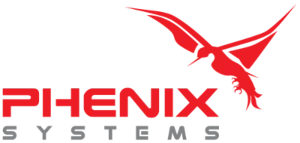
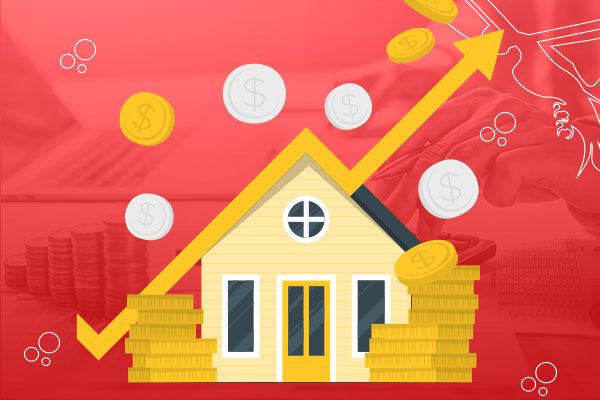
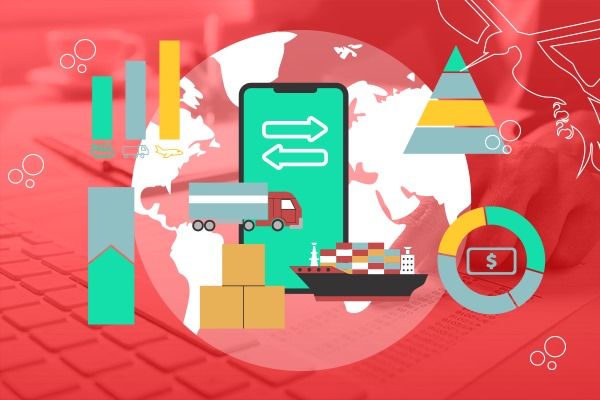
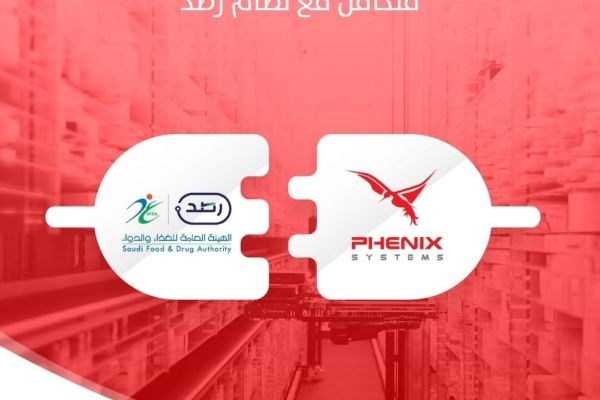

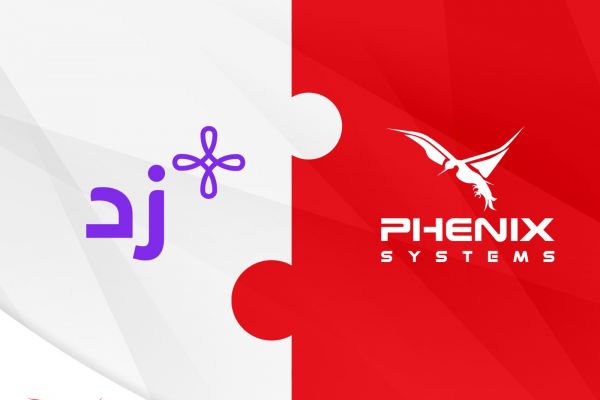

Comments (0)